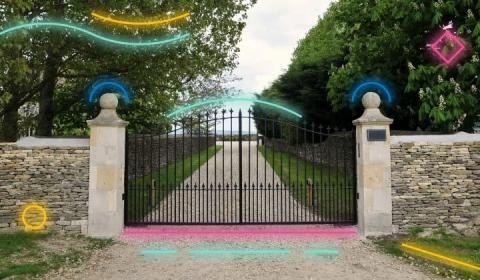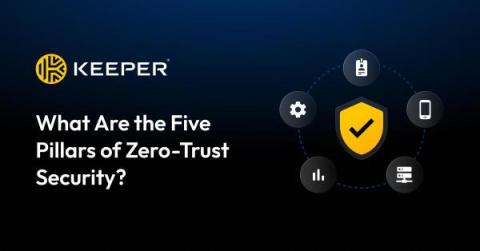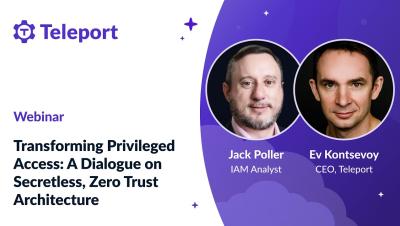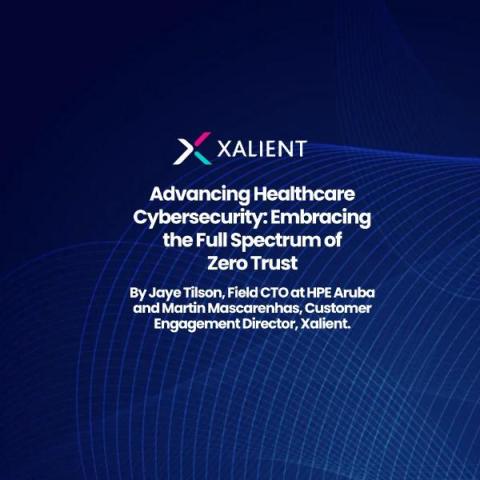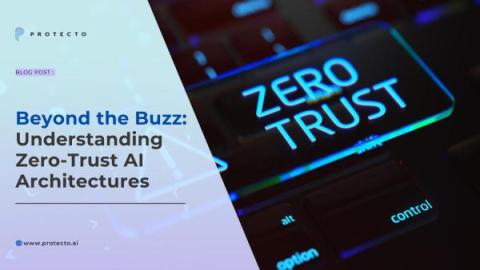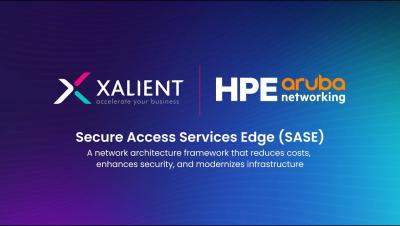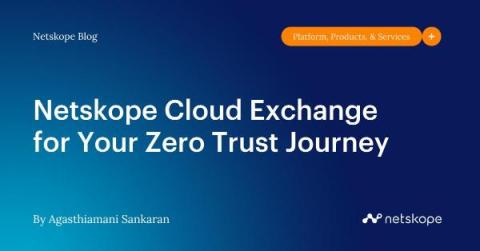Zero Trust requires unified data
It’s vital to have a common understanding and shared context for complex technical topics. The previously adopted perimeter model of security has become outdated and inadequate. Zero Trust (ZT) is the current security model being designed and deployed across the US federal government. It’s important to point out that ZT is not a security solution itself. Instead, it’s a security methodology and framework that assumes threats exist both inside and outside of an environment.


